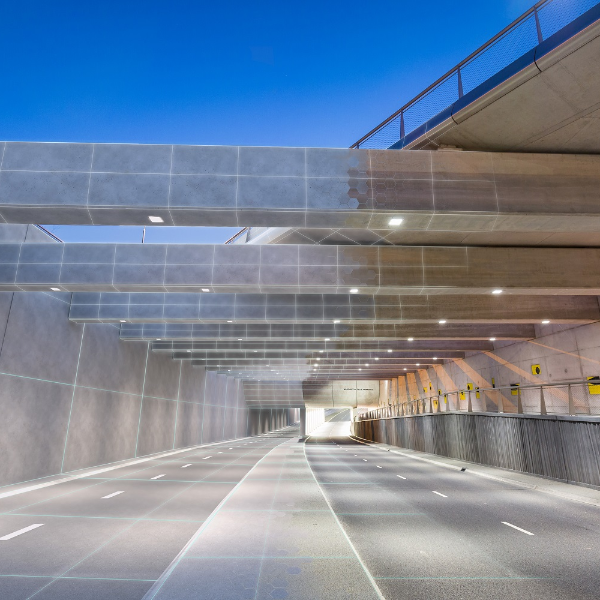Digital Twin: virtual replica as ideal test environment

Digital Twin: virtual replica as ideal test environment
For an increasing number of clients, Witteveen+Bos is creating digital copies of actual civil engineering structures, such as tunnels, bridges, locks and buildings. Digital Twins are playing a big role in this, because we create digital copies of reality for various purposes every day. In this article, we share an infographic and explain what a Digital Twin means for us.

The term ‘Digital Twin’ is widely used for several purposes. In this case, our definition used for a Digital Twin is: a virtual representation of a physical object and/or system, used for asset management or to test and validate protocols in operations, maintenance and calamities. The Digital Twin is a powerful tool for testing various scenarios concerning maintenance, operation or emergency response without burdening the physical object or system itself. This is possible because a Digital Twin is an exact copy of a physical object – including all details – which behaves just like its physical counterpart.
From a scan to a twin
In order to create a Digital Twin, we usually start with a LIDAR scan of the object, resulting in a highly detailed point cloud. This point cloud is then used as a base for a BIM model, where all the relevant data and geometry is integrated. The next step is to create an interactive 3D model in a game engine in order to achieve a realistic environment for the user of the Digital Twin. In this 3D model we integrate all the technical installations e.g. security cameras and emergency exits. And as a final step we script all the control and maintenance standards, so that the digital twin responds in the exact same way as the physical object.
From civil objects to ecological systems
Witteveen+Bos has been building Digital Twins of tunnels, locks, bridges and buildings for several years now. More recently we have also started developing Digital Twins of entire cities and water systems, which are less based on geometry in game engines and are more simulations of scripted systems.
More information?
